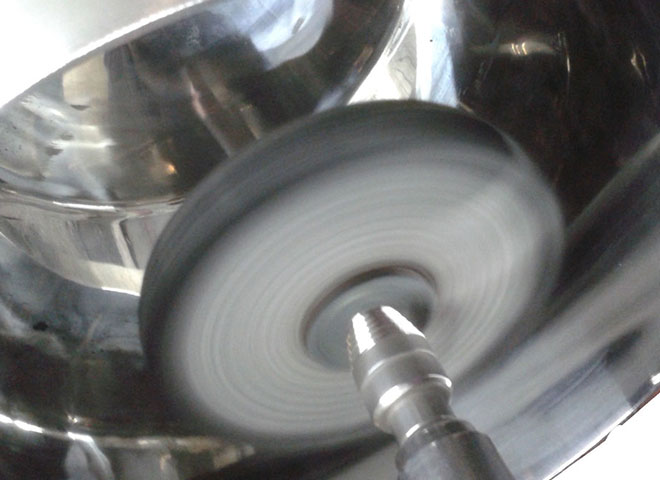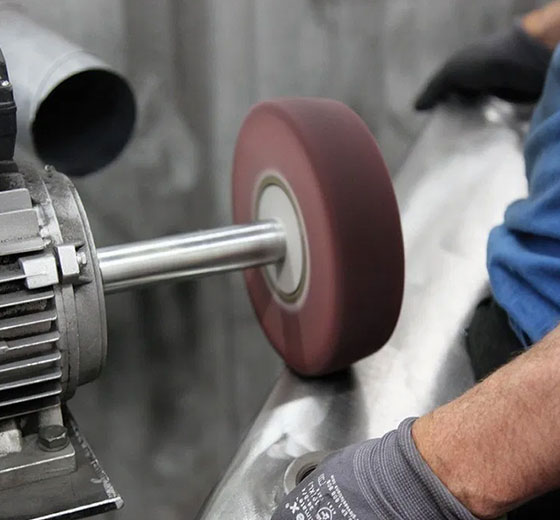Based on decades of experience in mold making and metal die casting service, we know that aluminum polishing service is important to aluminum casting because the die casting products are often rough after the manufacturing and require surface treatment to get smoother edges, precise measurements, and better surface quality. Metal polishing services at diecasting-mould.com are our major finishing services to improve the exterior of your aluminum die castings and other alloy die cast parts. Polishing surface treatment can remove parting lines and overflows from the die casting process, and heat checking or die washout on old casting surfaces, as well as enhance the safe treatment and increase the aesthetics of die casting components. The accomplished team at Junying die casting plant will follow the safety guideline and industry practices to deliver high-quality polished castings. We can transform your design into a fully finished product, all in-house.
Why Choose Our Metal Polishing Services
- Start-to-finish fabrication and finishing company
- Reduced production costs, high efficiency and exceptional consistency
- Strict quality control and inspection throughout each stage
- Prompt communication to discuss all your metal polishing needs
- Visible project timeline and on-time delivery



